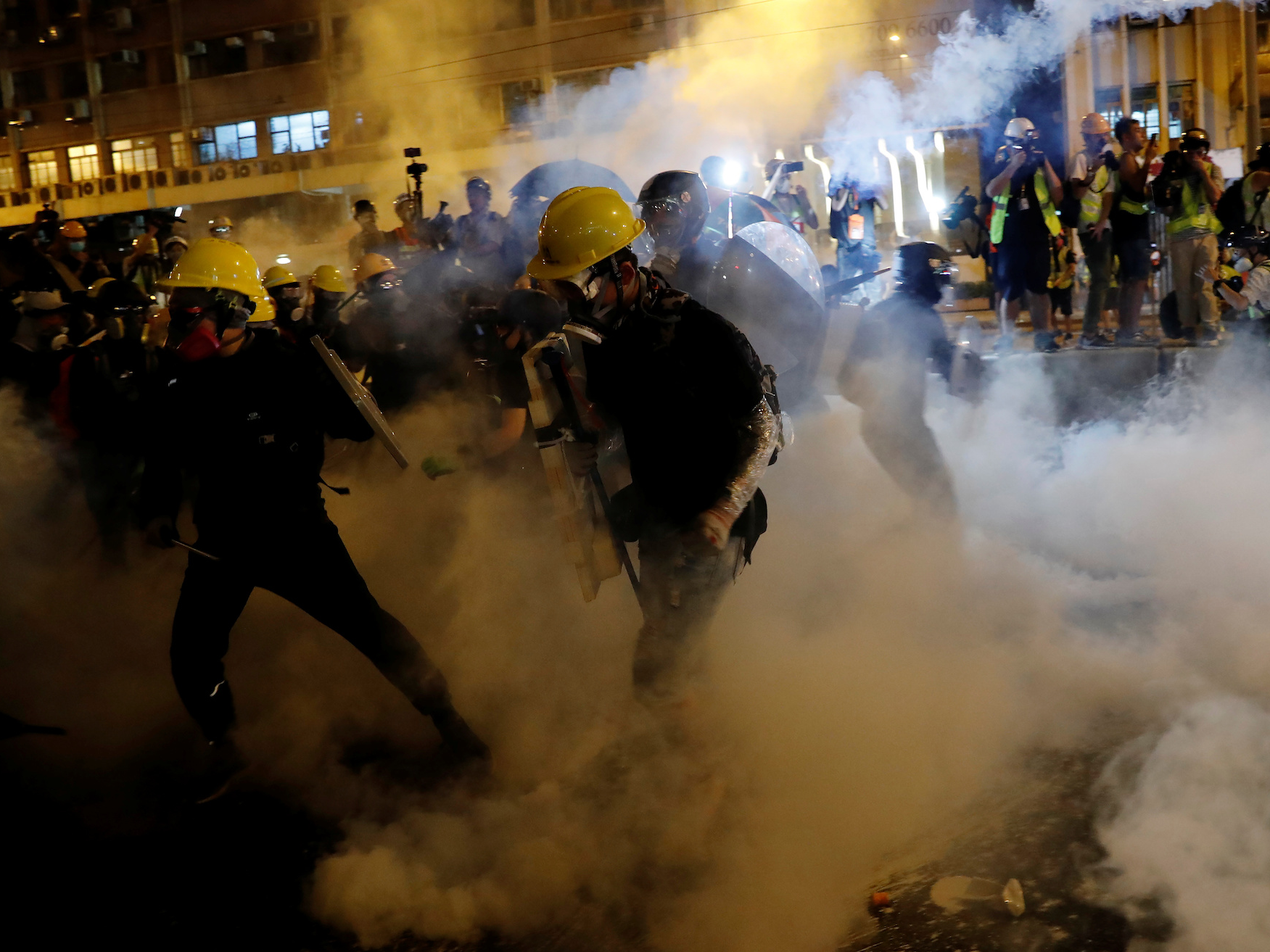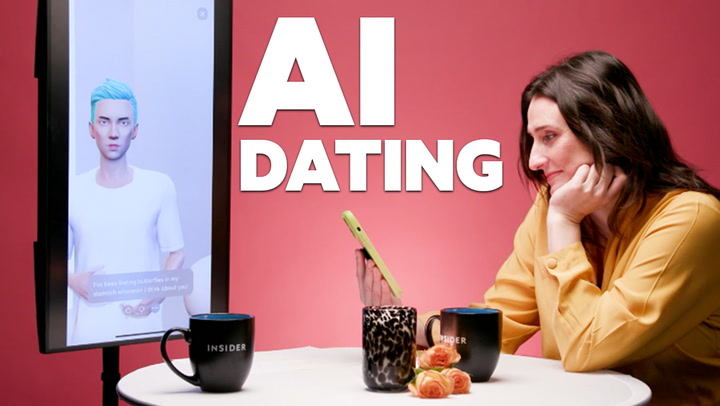- A protest in Hong Kong on Sunday evening ended in violence after police deployed tear gas and rubber bullets against a group of pro-democracy activists demonstrating against extradition.
- Under the proposed plan, China can extradite Hong Kong residents to the mainland for criminal trials, effectively dismantling the region’s partial autonomy agreement that includes an independent judicial system.
- An estimated 430,000 people participated in Sunday’s protest, following a group of two million that convened against extradition in June.
- Visit Business Insider’s homepage for more stories.
Protests in Hong Kong intensified on Sunday, on what marked the seventh consecutive weekend of pro-democracy demonstrations against the Chinese government, spurred by proposed legislation that would drastically change extradition policy.
What started as a peaceful protest devolved into violence on Sunday evening after a group of demonstrators began vandalizing and defacing the Chinese government’s liaison office in Hong Kong. The act prompted police to respond with rounds of tear gas and rubber bullets against the estimated 430,000 people marching in protest.
Though police had attempted to reroute the march to avoid the office, it didn’t stop the group from surrounding the building which has become the “biggest symbol of Beijing’s rising influence on the semiautonomous territory,” according to The Washington Post. Once there, protesters spray-painted messages bashing Chinese President Xi Jinping and threw eggs at the building.
Read more: Hong Kong’s protesters used low-tech street smarts to smash China’s powerful techno-authoritarianism
At the same time, in another part of the city, a pro-Beijing group attacked protestors and journalists as they exited the subway, hitting them with bats and sticks. Several required medical attention.
While the catalyst of Sunday's riots largely centers around the extradition proposal, which would give China the power to extradite residents of Hong Kong for criminal trials, it's part of a decades-long border dispute between the two regions.
Here's a look at what exactly is happening in Hong Kong and the circumstances that led to the violent outbursts.
Hong Kong existed under British rule until 1997, when it was then reincorporated into China and granted partial autonomy from the mainland. However, over the years, China has increasingly asserted dominance over Hong Kong.

When Hong Kong rejoined, China agreed to let the city have an independent judiciary and free press. However, the mainland has tightened its grip in recent years through acts like jailing anti-government activists, removing pro-democracy leaders, and building costly infrastructure to better connect itself to Hong Kong.
(Source: The Guardian)
After news of the extradition policy broke earlier this year, a pro-democracy group called Civil Human Rights Front began organizing peaceful demonstrations and marches.

A demonstration organized by the group in June brought an estimated two million people out to the streets, though some estimates have placed the crowd number as much higher.
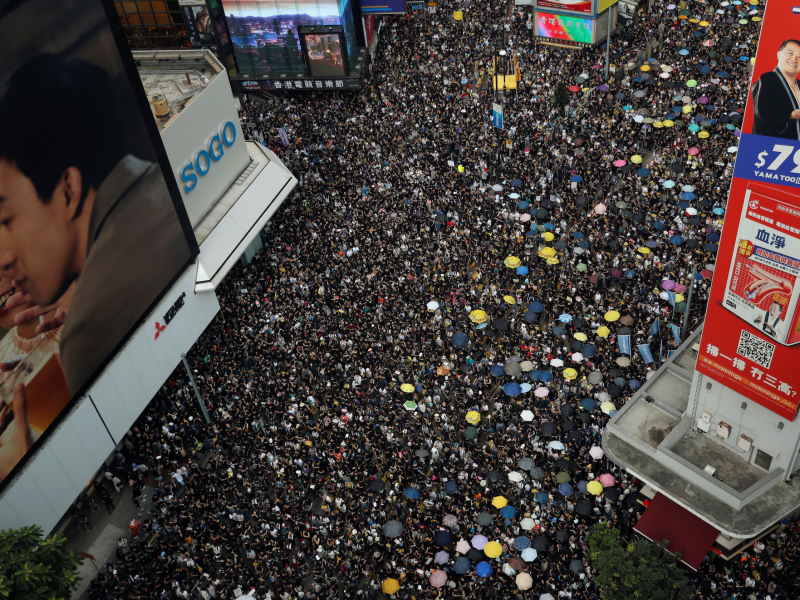
The activists - who are largely young digital natives - continue to organize with the help of secure messaging apps like Telegram and Google Maps to help share march routes and other pertinent information. These tools have helped the group work toward fighting mainland China's efforts to place them closer to a surveillance state of techno-authoritarianism.
Source: Business Insider
The protests and riots have persisted for the past two months, as tension between Hong Kong and mainland China grows. On Sunday, activists took to the Chinese government's liaison office, on the most visible signs of the mainland's presence in Hong Kong.

The group defaced the building, including spray-painting the national emblem of the People's Republic of China.

The protest ultimately led to police force, as men in uniform used tear gas and rubber bullets against the activists.
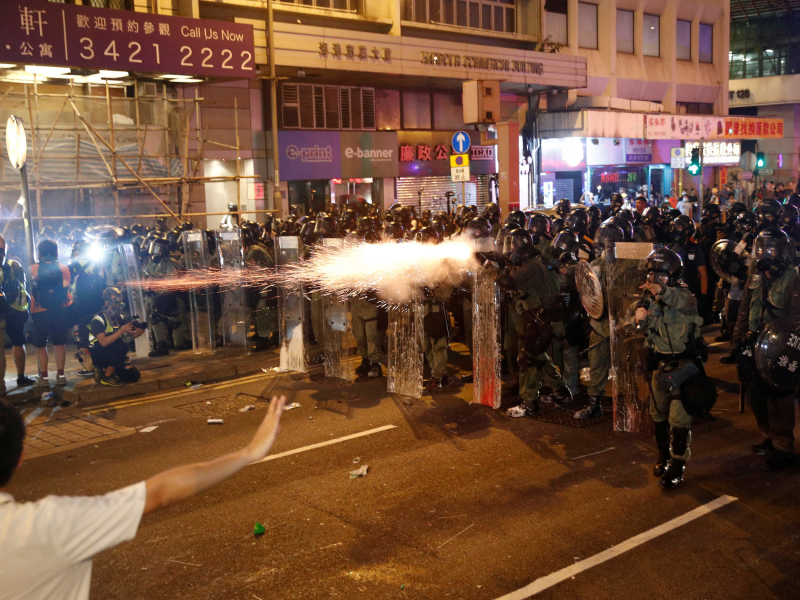
The scene was mass chaos.
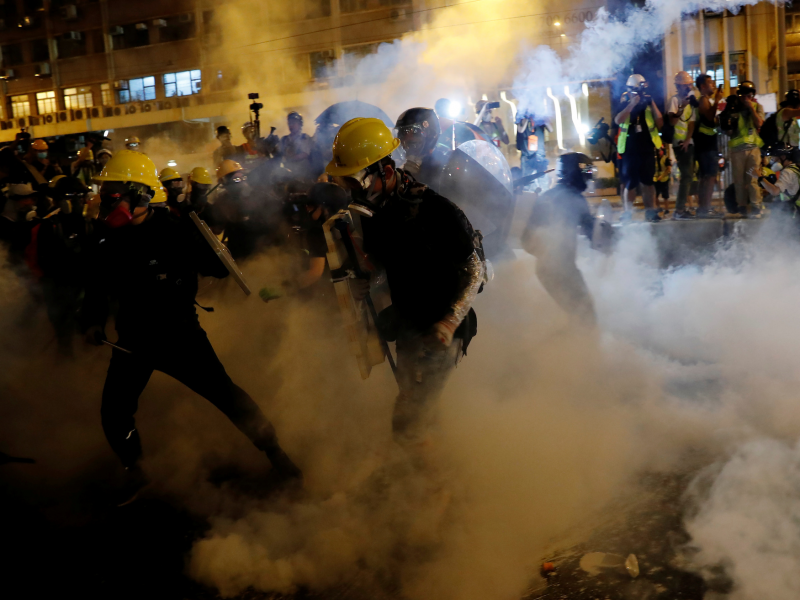
Gas and bullets were everywhere.
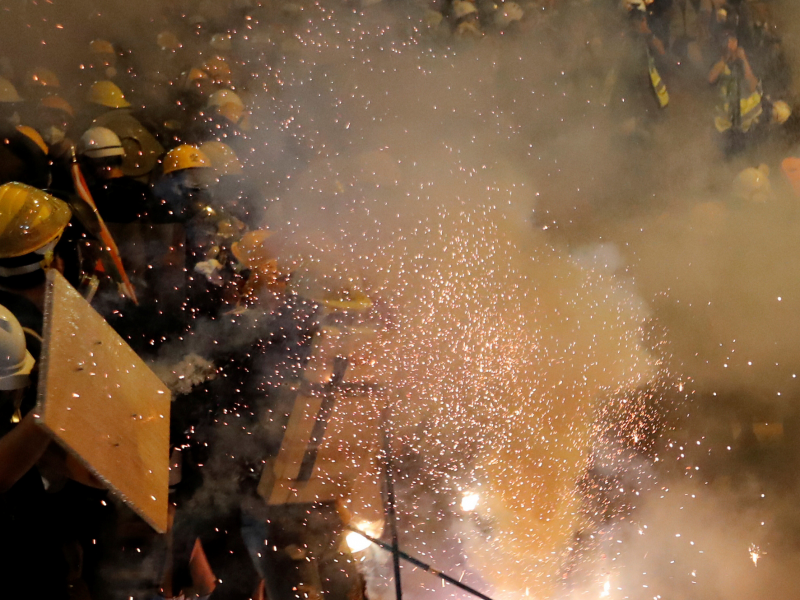
There were also burning barriers.
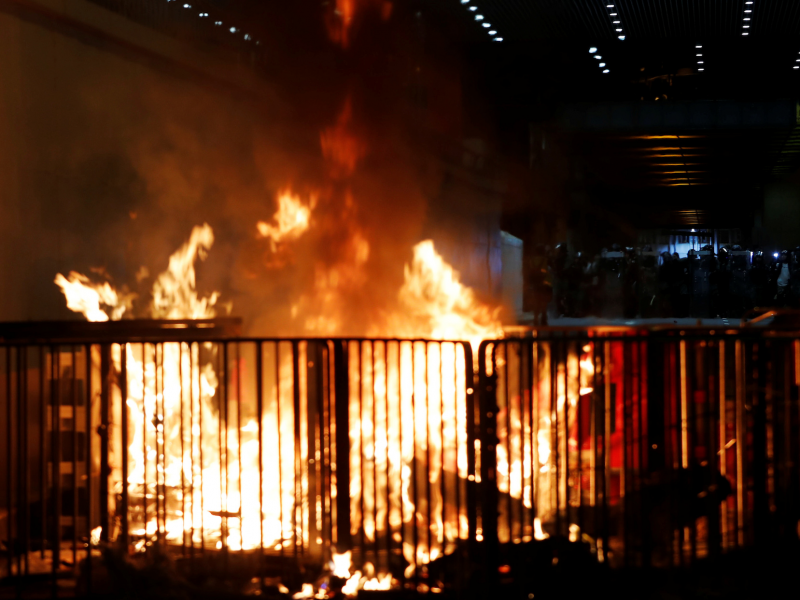
Elsewhere in Hong Kong, a pro-Beijing group attacked protesters and journalists as with baseball bats and sticks as they exited a subway stop.

As the protests escalate, It remains to be seen what will happen in the fight against extradition.


